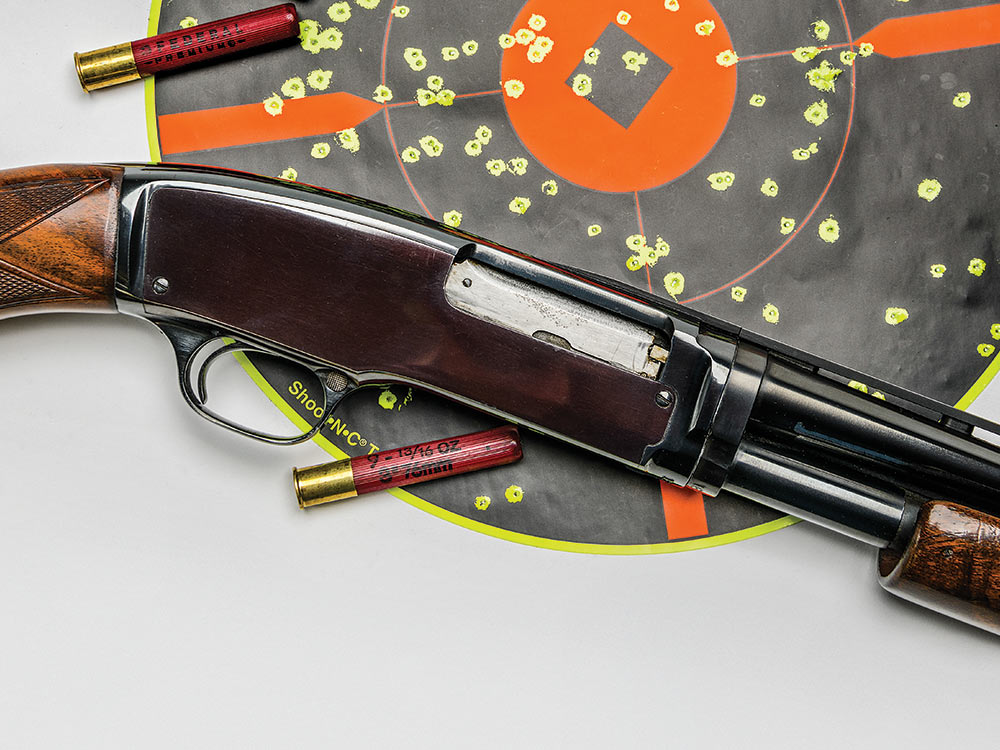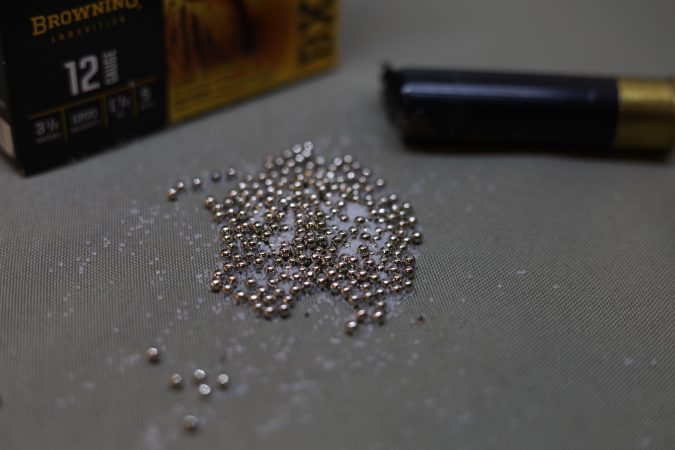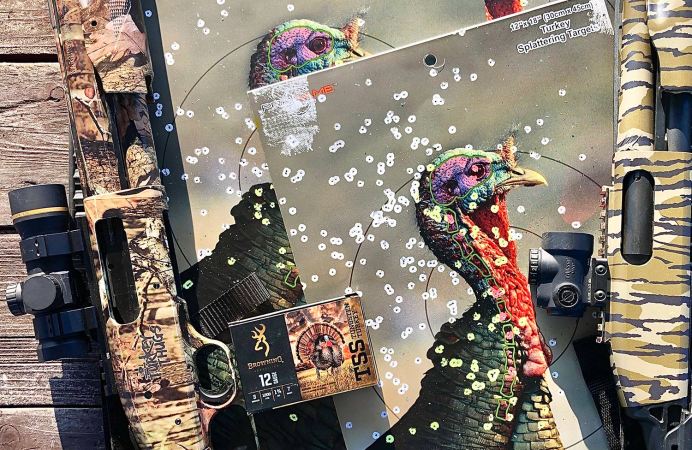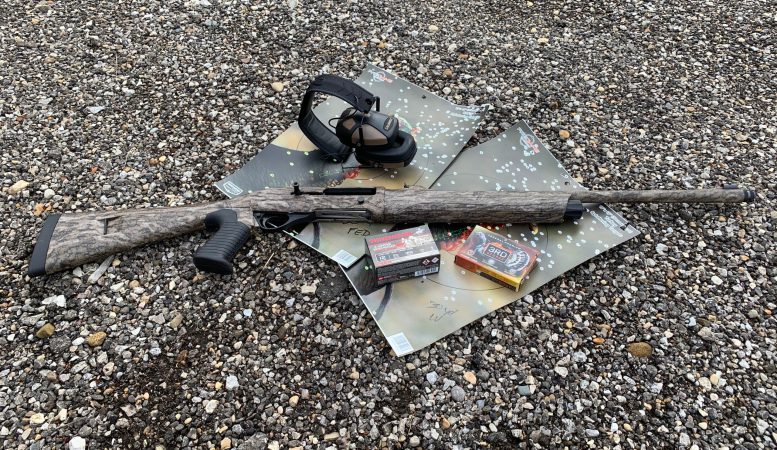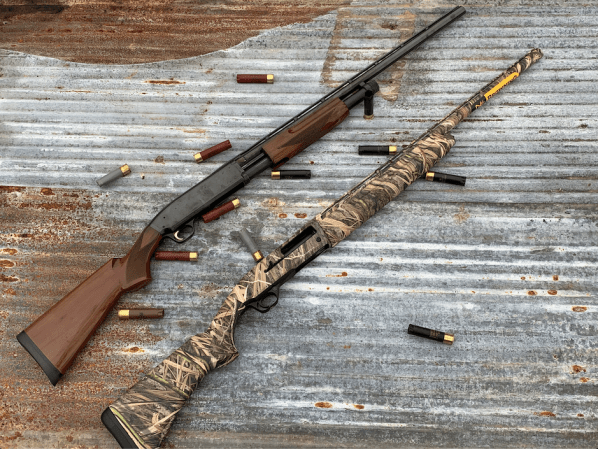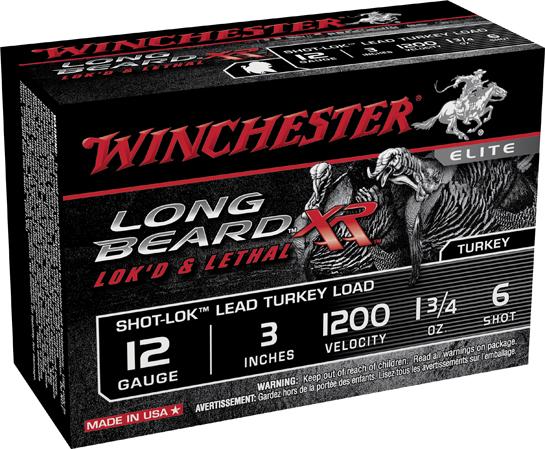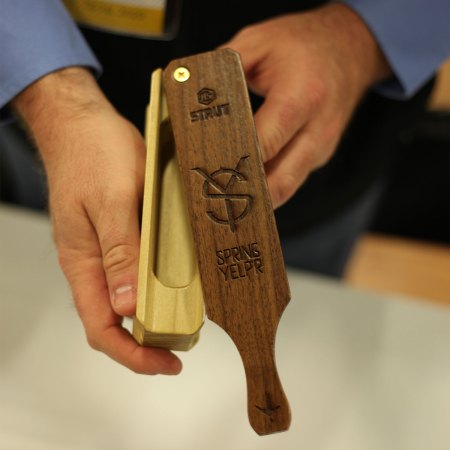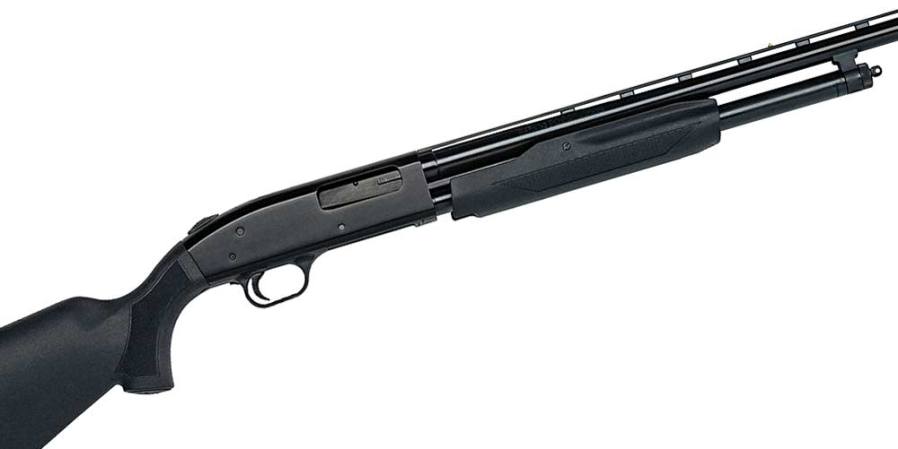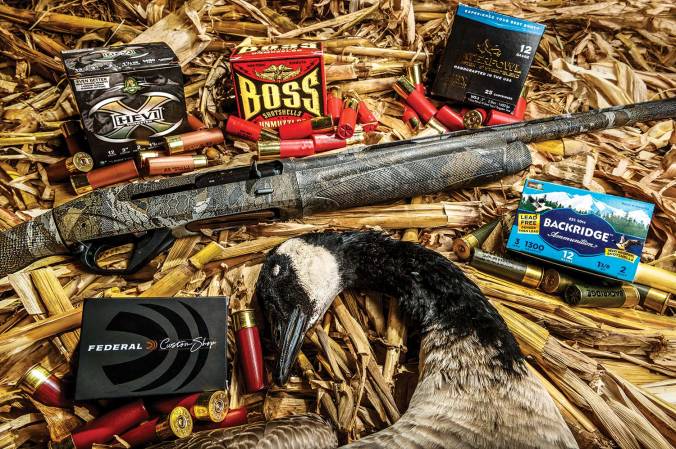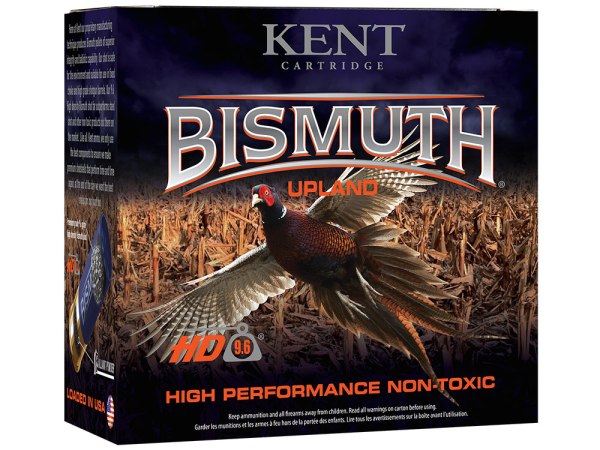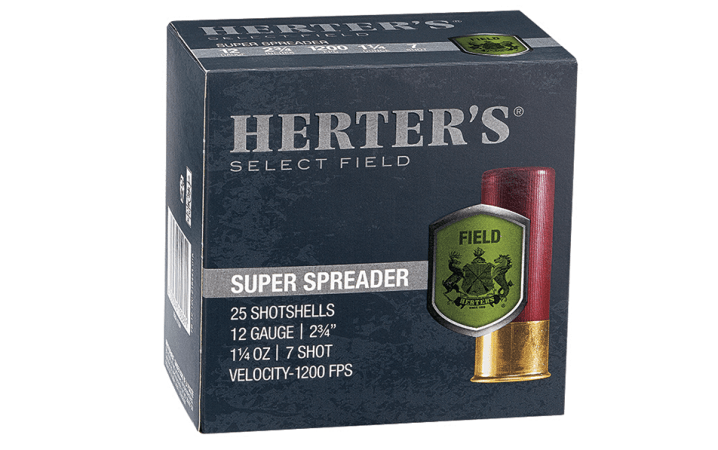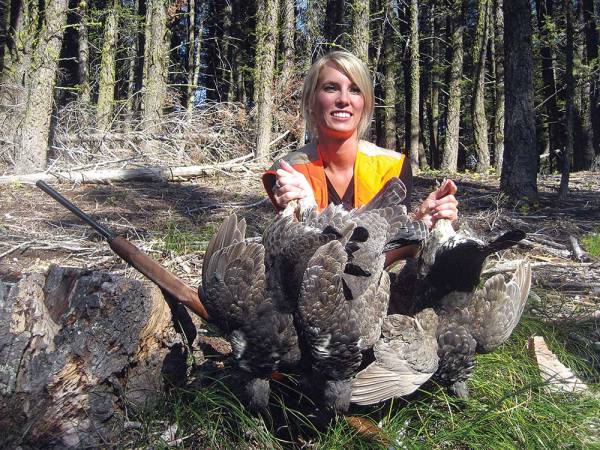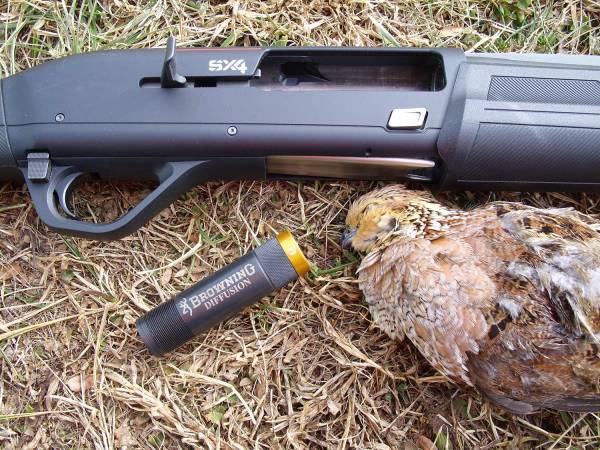We may earn revenue from the products available on this page and participate in affiliate programs. Learn More ›
I’ve never needed a .410. In my experience, it’s an unreliable rabbit killer beyond 25 yards. I know a few purists who’ve shot turkeys with them, but mostly for show and all at point-blank range.
But new pellet materials might change that. Tungsten Super Shot (TSS) and Federal’s new Heavyweight TSS loads are the talk of the 2018 turkey woods. At 18 g/cc, TSS is the densest shot material available. Lead is 11.3 g/cc.
Which brings me back to the .410. One of the new loads is a 3-inch .410 with ¹³⁄₁₆ oz. of No. 9 shot. I took several boxes to the range, expecting—maybe—a passable turkey pattern at 20 yards, and not much else.
I got quite a shock.
The Test
I used two .410s for this test: a 24-inch 870 and a 26-inch Winchester Model 37 (neither is shown here). Both guns are marked “Full,” but a caliper check revealed that the 870 is tighter (.406 vs. .416 for the M37).
I’ve seen .410 TSS compared to 20-gauge lead turkey loads, and so I also brought along my 20-gauge BPS with a .575-constriction turkey tube, and a box of 1¼-oz. copper-plated lead No. 5s—a combo I’ve used and trust to 40 yards.
The .410 loads averaged 1,018 fps (the velocity difference between the 870 and M37 was a wash), while the 20-gauge lead averaged 1,149 fps. The patterns through the M37 were spotty, and so after velocity testing, I put the single-shot aside. The patterns through the 870, however, were a different story—better than the lead 20-gauge load, as the chart below details.
The .410 put substantially more TSS pellets on the 12-inch target—and in the 6-inch center—at 25 and 40 yards than did the 20-gauge with lead pellets. Yet at 10 yards—where most turkeys get missed—the .410 also threw a broader, more even pattern than the lead 5s, with nearly the same number of pellets striking the sweet center spot.
I didn’t have access to ballistic gelatin for this test, and so I used the next best thing for testing penetration: cans of Showboat Pork and Beans. The cans were no match for lead or TSS at 25 yards. At 40 yards, the lead 5s punched through the front, dented the back of the can, and settled in the beans. The 9s mostly did the same—except for one that passed all the way through the back of the can. I’d have liked a more thorough penetration test, but I’m confident the TSS No. 9s from a .410 don’t give up anything to the lead No. 5s from a 20.
There you have it. The Heavyweight .410 TSS paired with the right shotgun can outperform a 20-gauge with lead turkey loads with a fraction of the recoil. It’ll cost you about $6 a shot. Of course, Heavyweight TSS is available in 20- and 12-gauge too. Might be overkill, but it’s what I’m using this spring.
The Results
Heavyweight TSS .410 13⁄16-oz. No. 9
- Velocity* and Pellet Count: 1,018 fps / 290 pellets
- 10-yard Pattern**: 82 percent (149 hits in 6-inch center)
- 25-yard Pattern: 61 percent (76 hits in 6-inch center)
- 40-yard Pattern: 29 percent (31 hits in 6-inch center)
3-inch, 1 ¼-oz 20-Gauge No. 5 lead
- Velocity* and Pellet Count: 1,149 fps / 218 pellets
- 10-yard Pattern**: 92 percent (150 hits in 6-inch center)
- 25-yard Pattern: 40 percent (35 hits in 6-inch center)
- 40-yard Pattern: 18 percent (10 hits in 6-inch center)
*Velocity measured with a Caldwell Chronograph at 6 feet. **Patterns were fired from a Lead Sled at a 12-inch Birchwood Casey Shoot-n-C target.
